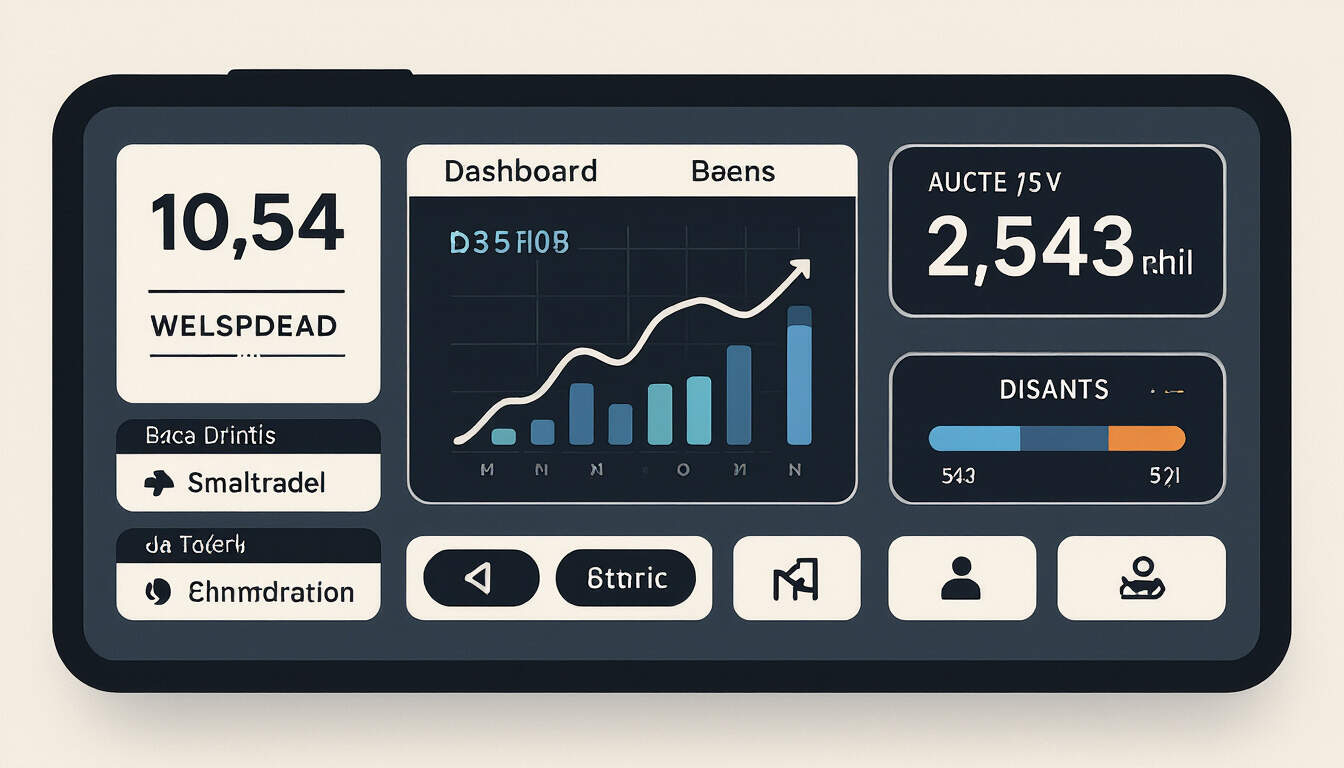Essential UI Design Patterns for Solo SaaS
 by Verner Mayer
by Verner Mayer
Explore key UI design patterns that help solo developers build intuitive SaaS applications. Learn practical tips and examples to create user-friendly interfaces that enhance engagement and efficiency, making development more effective.

Solo developers often face unique challenges when building SaaS applications, particularly in creating interfaces that are both functional and easy to use. Effective UI design patterns can streamline this process, allowing for quicker iterations and better user experiences. For instance, consistent layouts help maintain a professional feel across features.
Key UI Design Patterns
One fundamental aspect is the use of grid-based layouts. These structures organize content in a logical way, making it simpler for users to find information. Grid-based layouts ensure that elements align properly, reducing cognitive load for end-users.
Another important pattern involves navigation bars. These elements provide clear pathways through the application, helping users move between sections without confusion. In solo SaaS projects, simple navigation bars can save time during development by reusing code.
Forms are also critical in SaaS interfaces. Well-designed forms guide users through input processes, minimizing errors and improving data accuracy. For example, adding validation feedback directly in the form can enhance usability.
Practical Advice for Implementation
When starting a solo SaaS project, begin by sketching wireframes. This step allows you to visualize the overall structure before coding. Wireframes help identify potential issues early, such as cluttered screens.
Next, consider responsive design. With users accessing SaaS apps on various devices, ensuring adaptability is key. Use flexible components that adjust to different screen sizes, which can prevent layout breakdowns on mobile views.
Real-world examples show the value of these patterns. Tools like project management apps often employ dashboard overviews, where key metrics are displayed prominently. This approach lets users grasp essential data at a glance.
To apply these in your work, follow a step-by-step guide:
- First, select a base framework that supports common patterns, such as those found in CSS libraries.
- Then, define your color scheme and typography to maintain consistency.
- Add interactive elements like buttons and modals, testing them for accessibility.
- Finally, iterate based on user feedback to refine the interface.
Real-World Examples
In many successful SaaS products, modal windows serve as pop-up interfaces for tasks like confirmations or edits. These keep the main page intact while focusing on specific actions, improving workflow.
Button styles also play a role. Clear, distinct buttons help users understand actions quickly. For solo developers, standardizing button designs across the app can speed up development and reduce bugs.
Consider how email clients use search bars effectively. Placed at the top, they allow quick queries, demonstrating how intuitive placement enhances daily use.
Step-by-Step Guide to Building a UI
Start with core components. Begin by creating a basic dashboard that includes widgets for data display. Ensure each widget is modular, so updates are straightforward.
Then, integrate forms with auto-save features. This prevents data loss and boosts user satisfaction by making interactions smoother.
Test your design thoroughly. Use simple tools to simulate user paths, checking for any friction points. Regular testing helps catch problems before they affect real users.
In conclusion, adopting effective UI design patterns can greatly benefit solo SaaS developers. By focusing on practical implementations and learning from examples, you can build applications that are both efficient and engaging. Remember to keep designs simple and user-centered for the best results.
